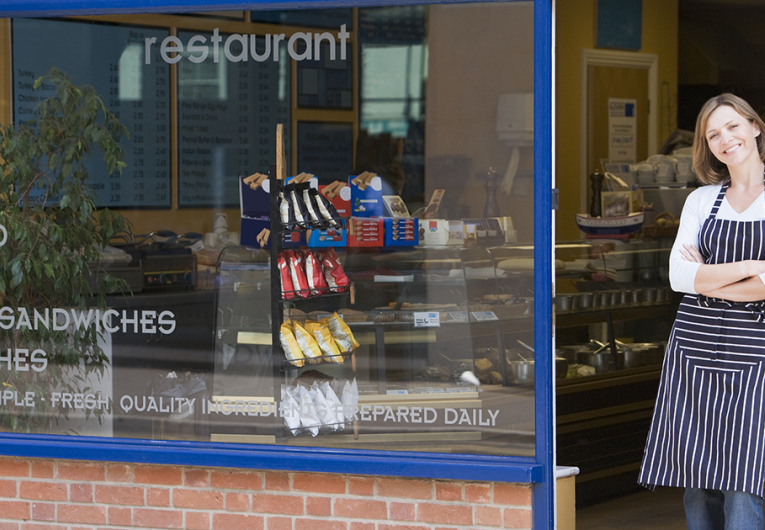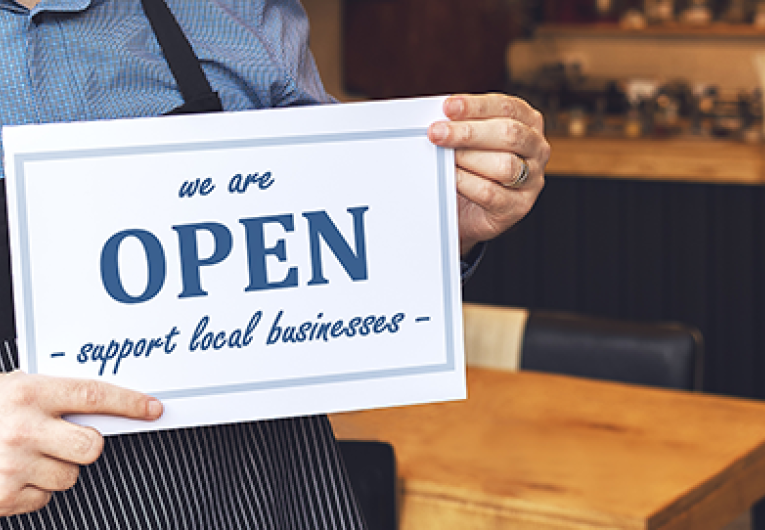
What is Influencer Marketing?
There’s never going to be just one way to market your business, and social media has certainly blown open the playbook of opportunities to reach your audience and get your name and product in front of potential buyers and customers.
Influencer marketing is among the latest trends in the kingdom of social media marketing, in part because of its proven ability to drive sales and brand awareness – top goals of any marketing plan.
Check out these 4 questions to learn more about influencer marketing, including ways your company, even a small business, could effectively promote products or brand on social media using influencer marketing:
1.What is It?
Influencer marketing focuses on the promoting of products and brands through and with individuals who have the social media power to influence your customers and potential sales... just picture a big celebrity and your product getting in front of their gazillion Instagram followers.
An influencer can be in the role of a would-be buyer, like influencer YouTube makeup artists using cosmetics, or third-party influencers who are part of your supply chain, maybe a retailer or manufacturer. And there are “value-added influencers,” such as journalists (these would not be paid influencers), industry analysts or other experts.
2. Is influencer marketing effective?
Yes, data indicates influencer marketing has produced some great results, such as increased sales and brand awareness, if, like any marketing tool, it’s implemented strategically.
Tapinfluence.com, an agency specializing in influencer marketing, says influencer-generated content – videos, blogs, podcasts, social content, images, etc. – is lower cost and has a higher impact with a built-in distribution engine. And an AdWeek survey indicated businesses make $6.50 for every $1 spent on influencer marketing.
Fueling the influencer hype, in part, is the sheer number of people actively using social media and therefore the potential of influencing them. Social Blade, which compiles data from YouTube, Twitter, Twitch, Daily Motion, Mixer, and Instagram, puts the top 50 Instagram influencers as having more than 3.1 billion followers.
Influencer marketing also has the age-old selling power of word-of-mouth marketing, i.e., customer referrals, testimonials and reviews, behind its sails.
3. What if a company can’t afford a celebrity-level influencer?
When Forbes published its Top Influencers list in 2017, it put YouTube influencers with 7 million subscribers or more commanding $300,000 for a video partnership. On Facebook, it said influencers can get $187,000, and the going rate for Instagram influencers is $150,000.
With those fees, influencer marketing can be out of reach for many companies, particularly small businesses. But organizations are discovering valuable influencer marketing opportunities via micro-influencers – people with social media audiences between 1,000 and 10,000.
Micro-influencers have substantially less followers than the top-tier personalities but are proving as effective, if not more so, at drumming up sales.
Hello Society, an influencer marketing group founded in 2011 and bought by The New York Times in 2016, says marketing campaigns using micro-influencers are more cost effective, and 6.7 times more efficient, than those relying on influencers with larger followings.
One of the reasons marketers are seeing returns, it seems, is because micro-influencers are able to get your products (via shared content) in front of a targeted and engaged audience.
4. How do I begin influencer marketing?
As in any marketing campaign strategy, a good starting point for influencer marketing is looking at where you need to be, audience-wise – where are your potential customers on social media, with whom are they engaging – who are their “influencers.”
The success of micro-influencers shows that your influencers don’t have to be social media superstars for a campaign to work. If you want to find a micro-influencer on your own (vs. hiring an agency that specializes in matching companies with micro-influencers), look for influencers who connect with their followers and people who would be a good fit for your company.
“The first thing you want to do with your influencer marketing program is really start the right relationships for your brand or your company or your product line, topic area, whatever,” Amisha Gandhi, vice-president of influencer marketing at supply chain software company SAP Ariba, said on a podcast for MarketingProfs.
“Have a clear point of view, know what your business outcome is, know who the audience you're trying to reach is, and then start having the conversations.”
Remember, like any marketing tool, influencer marketing isn’t a stand-alone, win-all campaign. If you’re considering an influencer marketing partnership, make sure it’s the right fit for your business and just a piece of your broader marketing plan.
The trends, insights, and solutions you need to grow your business.
By signing up, you’re subscribing to our monthly email newsletter, The
Wire. You may unsubscribe at any time.
Your information stays safe with us. Learn more about our privacy
policy.











![[#MSP_NAME#] Logo](/themes/sparklight_business/images/transition-logos/migration-banner-logo-[#MSP_CD#].png)
